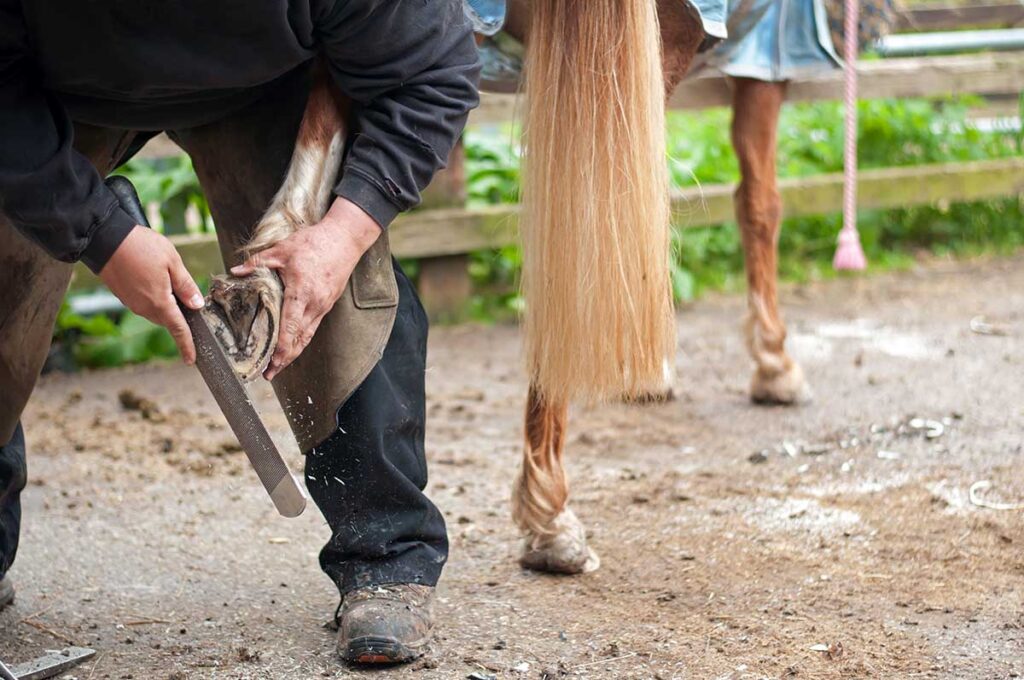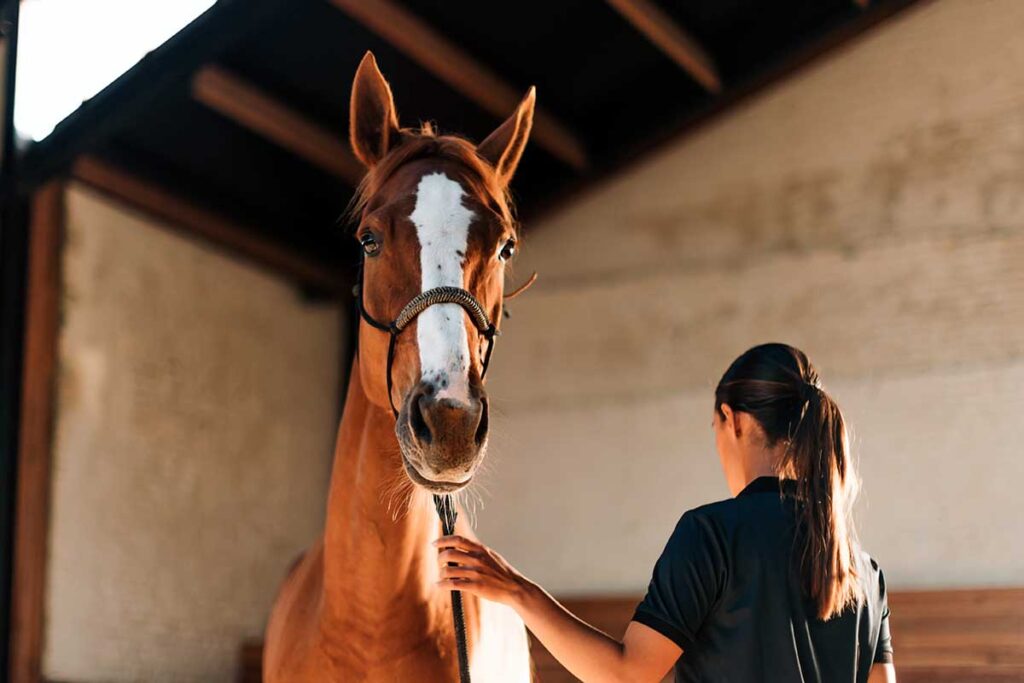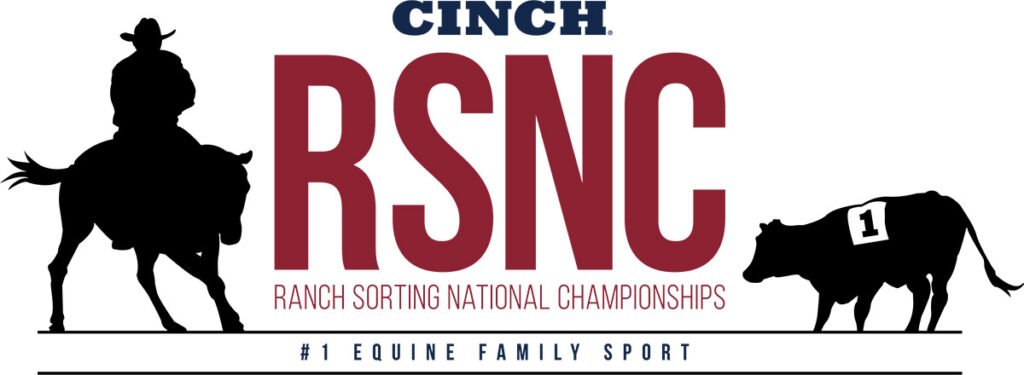From minor scrapes to more serious injuries, accidents can happen at any time in the barn. If your horse shows up with a swollen limb, puffy eyelid, or open wound, having a comprehensive equine first-aid kit on hand can give you peace of mind and allow you to manage the issue until your veterinarian arrives. We’ll walk you through all the must-have first-aid items and their uses.
First-Aid Kit Essentials
A well-stocked first-aid kit ensures you’ll have everything you need pre- and post-vet visit the next time your horse receives an injury such as an abrasion or a hoof abscess. This includes:
Antimicrobial wound spray is a topical solution used to prevent and manage infection of minor wounds and abrasions and promote healing.

Eye irrigation solution is used to bathe and cleanse the eye, which can relieve discomfort, itching, stinging, and burning.

Nonstretching packaged brown gauze helps hold gauze or other bandaging materials in place.

Self-adhering wrap sticks to itself but not to other surfaces—including a horse’s hair coat—and doesn’t stretch once in place, which makes it ideal for holding bandages in place.

Used as a dressing, Telfa non-adherent pads won’t stick to wounds.

Sterile combine rolls, made of cotton, offer a protective layer to bandages and is highly absorbent.

Package gauze pads are used for dressing wounds.

Poultice is useful for drawing out inflammation and infection and is especially useful for hoof abscesses. The pictured product, Animalintex, is a dry pad that is saturated with water before use. A variety of poultices are available, many wet.

A versatile and durable adhesive, duct tape makes an excellent final protective layer for hoof bandages.

Elastikon is a porous elastic adhesive tape that allows skin to breathe and stretches around uneven surfaces—think knees, hocks, and hooves.

The blunt tips and handle angle of bandage scissors are useful for removing disposable dressings and wraps safely.

In addition to being highly absorbent dressings, antimicrobial bandages fight germs to treat and prevent infection.

Porous tape that allows skin to breathe is used for securing bandages.

A penlight provides extra illumination for inspecting equine injuries.

A rectal thermometer is a necessary tool for monitoring your horse’s temperature in case of infection.

Store all these items in a plastic tote, bin, or other container where they will not be exposed to temperature extremes or the elements. Choosing a kit with a lid will keep your supplies together, clean, and dry. Label it as an Equine First-Aid Kit, and list its contents for reference in case of an emergency.
Are you enjoying this content? Sign up for My New Horse’s FREE newsletter to get the latest horse owner info and fun facts delivered straight to your inbox!








